Home>Technology>Security & Surveillance>How To Lock Door With Keypad
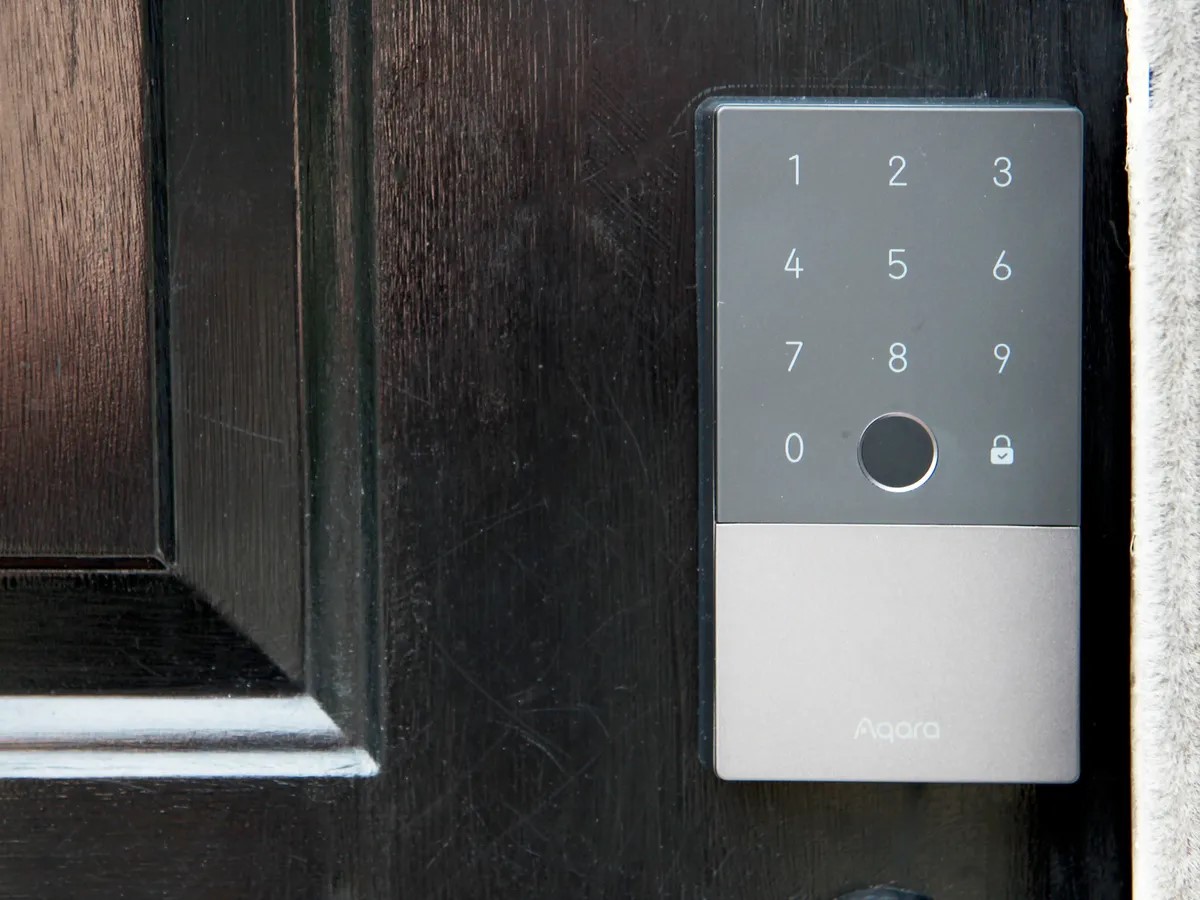

Security & Surveillance
How To Lock Door With Keypad
Modified: January 3, 2024
Learn how to enhance your home security with our guide on using a keypad to lock your door. Explore the best practices for securing your home. Improve your security and surveillance with our expert tips.
(Many of the links in this article redirect to a specific reviewed product. Your purchase of these products through affiliate links helps to generate commission for Storables.com, at no extra cost. Learn more)
Introduction
Welcome to the modern era of home security, where keypad locks offer a seamless blend of convenience and protection. Gone are the days of fumbling for keys in the dark or worrying about lost or duplicated keys falling into the wrong hands. With a keypad lock, you can bid farewell to these concerns and embrace a new level of control and confidence in safeguarding your home.
Keypad locks, also known as electronic or digital locks, have revolutionized the way we secure our living spaces. These sophisticated devices have become increasingly popular due to their user-friendly nature and advanced security features. Whether you're a homeowner looking to fortify your property or a business owner seeking to restrict access to certain areas, a keypad lock can be a game-changer in your security strategy.
In this comprehensive guide, we'll delve into the world of keypad locks, exploring how they work, how to set them up, and how to make the most of their features. By the end of this journey, you'll be well-versed in the art of keypad lock mastery, equipped with the knowledge to enhance your security measures and streamline your daily routine.
So, let's embark on this enlightening exploration of keypad locks, where convenience meets cutting-edge security. Whether you're a tech enthusiast, a security-conscious homeowner, or a curious mind eager to learn, this guide is your gateway to unlocking the potential of keypad locks. Get ready to open the door to a world where protection and accessibility harmonize seamlessly.
Key Takeaways:
- Embrace the future of home security with keypad locks, offering convenience and protection without the hassle of traditional keys. Set up, change codes, and lock doors with ease for seamless security.
- Master the art of keypad locks to safeguard your home with confidence. From setup to troubleshooting, these modern guardians offer convenience, control, and unwavering protection for your peace of mind.
Read more: How To Lock A Door With Keypad
Understanding the Keypad Lock System
Before we delve into the practical aspects of keypad lock usage, it's essential to grasp the fundamental workings of this innovative security solution. At its core, a keypad lock is a digital access control system that replaces traditional keys with a numerical keypad. This keypad is typically illuminated for easy operation in low-light conditions, ensuring hassle-free entry at any time of day.
Keypad locks are designed to offer a high level of security while simplifying the process of gaining access to a secured area. The system operates by requiring users to input a pre-programmed code into the keypad to unlock the door. This code can be changed at any time, providing flexibility and adaptability to suit your security needs.
One of the key advantages of a keypad lock is the elimination of physical keys, which can be lost, stolen, or duplicated. This not only enhances security but also eliminates the need for cumbersome key management. Additionally, many keypad locks are equipped with advanced features such as built-in alarms, tamper-resistant designs, and multiple user code capabilities, making them a versatile and robust security solution.
Furthermore, keypad locks can be integrated into smart home systems, allowing for remote access control and monitoring. This seamless connectivity enables homeowners to manage access to their property from anywhere, adding a layer of convenience and peace of mind.
By understanding the underlying principles of the keypad lock system, you gain insight into its inherent advantages and the potential it holds for enhancing your security infrastructure. With this knowledge as our foundation, we can now proceed to explore the practical steps involved in setting up and utilizing a keypad lock to fortify your home or business.
Setting Up Your Keypad Lock
Now that we have a solid understanding of how keypad locks function, it’s time to embark on the exciting journey of setting up your very own keypad lock. Whether you’re a seasoned DIY enthusiast or a novice in the realm of home security, the process of installing and programming a keypad lock is designed to be straightforward and user-friendly.
The first step in setting up your keypad lock is to carefully read the manufacturer’s instructions that accompany the product. These instructions are your roadmap to a successful installation and will provide specific guidance tailored to your keypad lock model. It’s crucial to follow these instructions meticulously to ensure a seamless setup process and optimal functionality.
Typically, the installation process involves removing the existing lock hardware, if applicable, and replacing it with the keypad lock assembly. This may require basic tools such as a screwdriver, and the manufacturer’s instructions will outline the precise steps involved in this transition. Once the keypad lock is securely in place, it’s time to move on to the programming phase.
Programming your keypad lock involves setting a unique access code that will be used to unlock the door. This code can usually be customized to a sequence of numbers that are easy for you to remember but difficult for others to guess. The manufacturer’s instructions will provide clear guidance on how to enter the programming mode and set your desired access code.
During the programming process, you may also have the option to configure additional settings, such as auto-lock features, user code management, and integration with smart home systems if applicable. These customizable features allow you to tailor the keypad lock to your specific security preferences and lifestyle needs.
Once the setup and programming are complete, it’s essential to thoroughly test the keypad lock to ensure that it operates smoothly and reliably. This includes verifying that the access code unlocks the door as intended and familiarizing yourself with any supplementary features or functions that enhance the overall user experience.
By following the manufacturer’s instructions and taking a systematic approach to setting up your keypad lock, you can enjoy the peace of mind that comes with a seamlessly integrated and personalized security solution. With your keypad lock successfully installed and programmed, you’re now ready to embrace the convenience and protection it brings to your daily life.
Changing the Access Code
As part of maintaining optimal security for your premises, it’s important to periodically change the access code for your keypad lock. This proactive measure helps mitigate the risk of unauthorized access and ensures that your security remains robust and up-to-date. Fortunately, changing the access code on a keypad lock is a straightforward process that can be accomplished with ease.
To begin, consult the manufacturer’s instructions for your specific keypad lock model to understand the precise steps involved in changing the access code. Typically, the process entails entering a designated programming mode on the keypad, where you can then input a new access code of your choice. This mode is designed to facilitate the seamless customization of your security settings without the need for complex procedures.
When selecting a new access code, it’s advisable to choose a sequence of numbers that is both memorable for you and resistant to being guessed by others. Avoid common or sequential number patterns, and opt for a code that holds personal significance while maintaining a high level of security. This thoughtful approach to crafting your access code ensures that it remains a reliable barrier against unauthorized entry.
Furthermore, some keypad locks offer the flexibility of multiple user codes, allowing you to assign unique access codes to different individuals, such as family members, trusted friends, or service providers. If your keypad lock supports this feature, refer to the manufacturer’s instructions for guidance on managing and customizing user codes to align with your access control requirements.
Once the new access code has been programmed into the keypad lock, it’s essential to test its functionality to confirm that the change has been implemented successfully. This involves using the new access code to unlock the door and ensuring that the keypad lock responds as expected. By conducting this verification step, you can have confidence in the efficacy of your updated access code.
By regularly changing the access code on your keypad lock and exercising thoughtful consideration in selecting new codes, you elevate the security posture of your property while maintaining a proactive stance in safeguarding your living space. This simple yet impactful practice contributes to a robust security strategy that prioritizes both convenience and protection.
Make sure to change the default code on your keypad door lock to a unique and secure code. Avoid using easily guessable codes like your birthday or address.
Locking the Door with Keypad
As you become acquainted with the seamless functionality of your keypad lock, mastering the art of locking the door with this innovative security solution becomes second nature. The process of securing your premises with the keypad lock is designed to be intuitive and efficient, offering a heightened sense of control and peace of mind.
When it comes to locking the door with the keypad, the first step is to ensure that the door is closed securely. This fundamental precaution sets the stage for activating the keypad lock and initiating the locking sequence. Once the door is in the closed position, the illuminated keypad becomes your gateway to fortifying the entry point.
To lock the door using the keypad, simply engage the locking mechanism by pressing the designated lock button or sequence on the keypad. This action triggers the internal mechanisms of the keypad lock, securing the door and preventing unauthorized entry. The tactile feedback and visual indicators on the keypad serve as reassuring cues that the locking process has been initiated successfully.
Many keypad locks are equipped with additional features such as auto-lock functionality, which automatically engages the locking mechanism after a predetermined period of time. This convenient capability ensures that the door remains consistently secured, even if you inadvertently forget to lock it manually. Refer to the manufacturer’s instructions to explore and customize these supplementary features to align with your security preferences.
Furthermore, some keypad locks offer the flexibility of remote locking through integration with smart home systems or dedicated mobile applications. This advanced functionality empowers you to lock the door from a distance, adding a layer of convenience and control to your security routine. Whether you’re inside your home or miles away, the ability to lock the door remotely provides invaluable peace of mind.
By mastering the straightforward process of locking the door with the keypad, you harness the full potential of this modern security solution, elevating the protection of your living space with seamless accessibility. Whether you’re stepping out for the day or settling in for the night, the keypad lock empowers you to safeguard your home with confidence and ease.
Read more: How To Reprogram Keypad Door Lock
Troubleshooting and Maintenance
While keypad locks are designed to offer reliable and intuitive security, occasional troubleshooting and proactive maintenance can further optimize their performance and longevity. By familiarizing yourself with common troubleshooting techniques and embracing a regular maintenance routine, you can ensure that your keypad lock continues to operate seamlessly, providing steadfast protection for your premises.
One of the primary troubleshooting steps for keypad locks involves addressing issues related to battery power. Most keypad locks are powered by batteries, and a low battery level can impact their functionality. To mitigate this, it’s advisable to monitor the battery status regularly and replace the batteries as needed to prevent unexpected disruptions in operation.
If you encounter challenges with the responsiveness of the keypad or notice that the illuminated display is dim or flickering, it may indicate a battery-related issue. By promptly replacing the batteries with fresh, high-quality replacements, you can restore the optimal performance of your keypad lock and maintain uninterrupted security.
In the event of forgotten access codes or malfunctioning user codes, consult the manufacturer’s instructions for guidance on resetting the keypad lock to its default settings or reprogramming new access codes. This straightforward process allows you to regain control over your security settings and ensure that your keypad lock aligns with your current access control requirements.
Furthermore, periodic maintenance of the keypad lock, including cleaning the keypad and inspecting the physical components for signs of wear or damage, contributes to its overall reliability and functionality. Use a soft, non-abrasive cloth to gently clean the keypad and surrounding areas, removing any debris or residue that may affect the tactile response or visual clarity of the keypad.
Additionally, lubricating the internal components of the keypad lock, as recommended by the manufacturer, can help preserve its smooth operation and prevent mechanical issues over time. This simple maintenance task contributes to the longevity of the keypad lock, ensuring that it remains a steadfast guardian of your security.
By incorporating troubleshooting best practices and a consistent maintenance regimen into your security strategy, you uphold the peak performance of your keypad lock, fostering a reliable and enduring shield for your living space. With proactive care and attention, your keypad lock stands ready to serve as a stalwart defender of your home or business, offering unwavering security and peace of mind.
Conclusion
As we draw the curtains on this enlightening exploration of keypad locks, we emerge with a newfound appreciation for the seamless fusion of convenience and security that these innovative devices offer. From understanding the fundamental principles of keypad lock systems to mastering the art of setting up, programming, and utilizing these modern guardians of security, our journey has been one of empowerment and enlightenment.
Keypad locks stand as a testament to the evolution of home security, transcending the limitations of traditional locks and keys to deliver a sophisticated, user-centric approach to safeguarding our living spaces. By embracing the digital prowess of keypad locks, we unlock a realm of possibilities where control, customization, and connectivity converge to redefine the way we protect and access our homes and businesses.
Through the process of changing access codes, locking doors with ease, and troubleshooting and maintaining our keypad locks, we have cultivated a proactive stance in fortifying our security infrastructure. This proactive approach ensures that our keypad locks remain steadfast sentinels, unwavering in their commitment to safeguarding our premises and preserving our peace of mind.
As we bid adieu to this guide, we carry forward the knowledge and empowerment gained from our exploration of keypad locks. Whether you’re a homeowner seeking to fortify your abode or a business owner striving to enhance access control, the keypad lock stands as a beacon of modern security, offering a harmonious blend of innovation and reliability.
So, as you embrace the seamless functionality and robust protection that keypad locks provide, may you tread confidently into a future where security is not just a necessity, but a seamless and integral part of your lifestyle. With the power of keypad locks at your fingertips, you possess the key to a world where convenience, control, and security intersect, empowering you to safeguard what matters most with unwavering confidence.
Let the illumination of the keypad guide you through each entry and exit, symbolizing not just access, but the assurance of a protected sanctuary. With the knowledge and insights gained from this guide, may your journey with keypad locks be one of seamless security, unwavering reliability, and unparalleled peace of mind.
Frequently Asked Questions about How To Lock Door With Keypad
Was this page helpful?
At Storables.com, we guarantee accurate and reliable information. Our content, validated by Expert Board Contributors, is crafted following stringent Editorial Policies. We're committed to providing you with well-researched, expert-backed insights for all your informational needs.
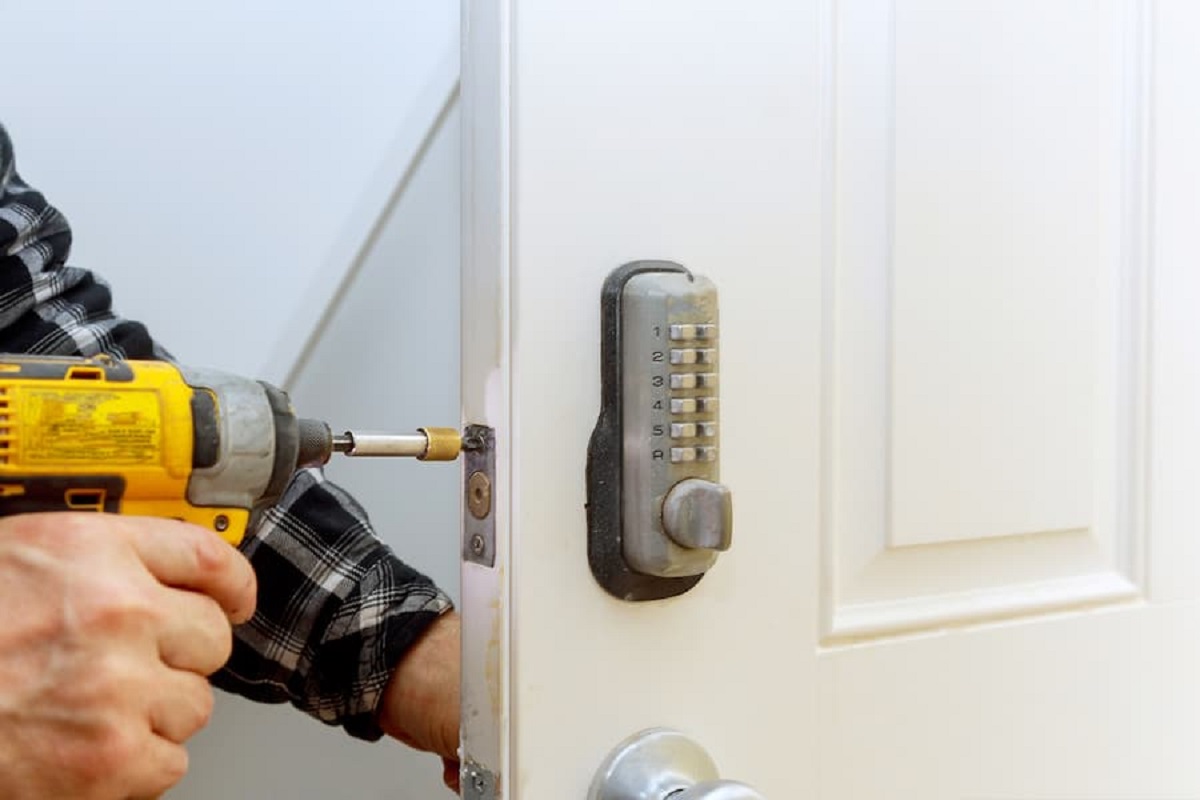
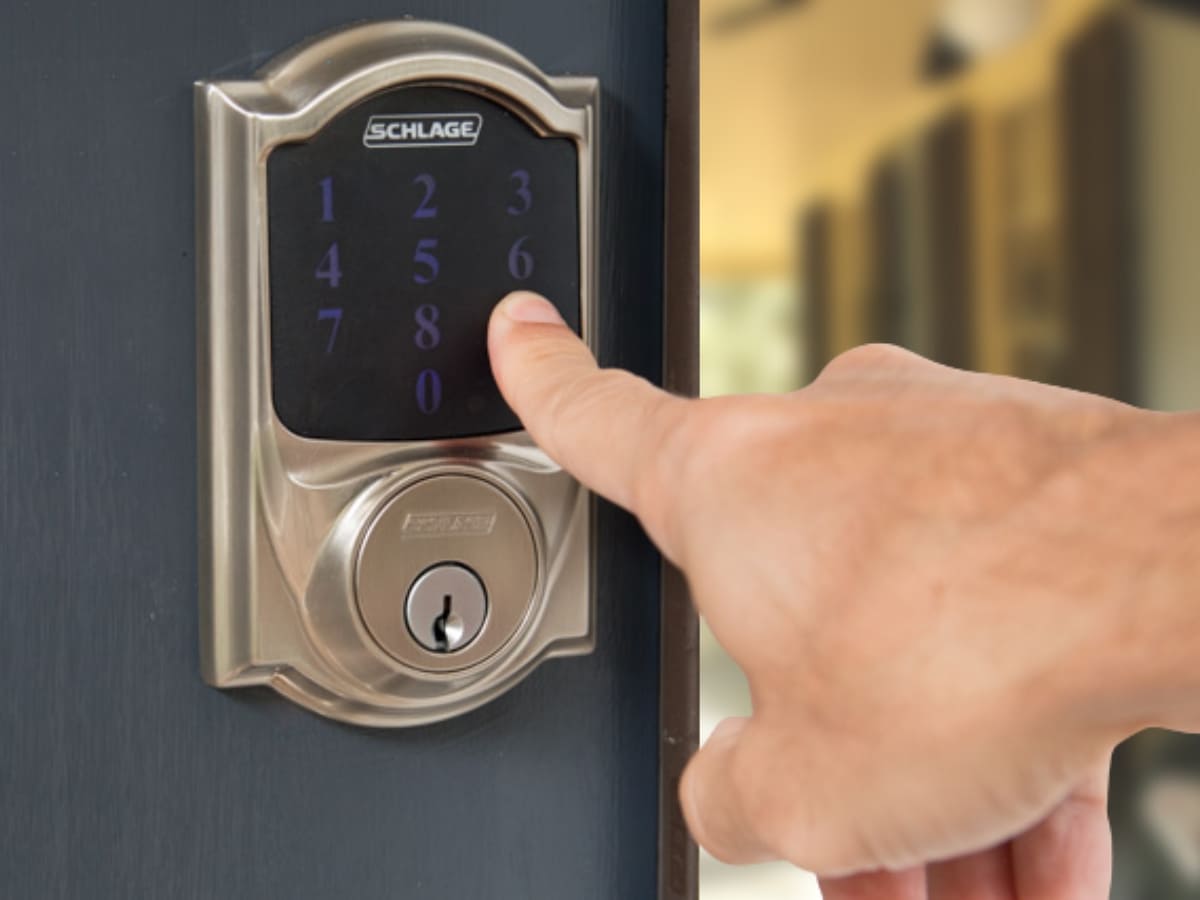
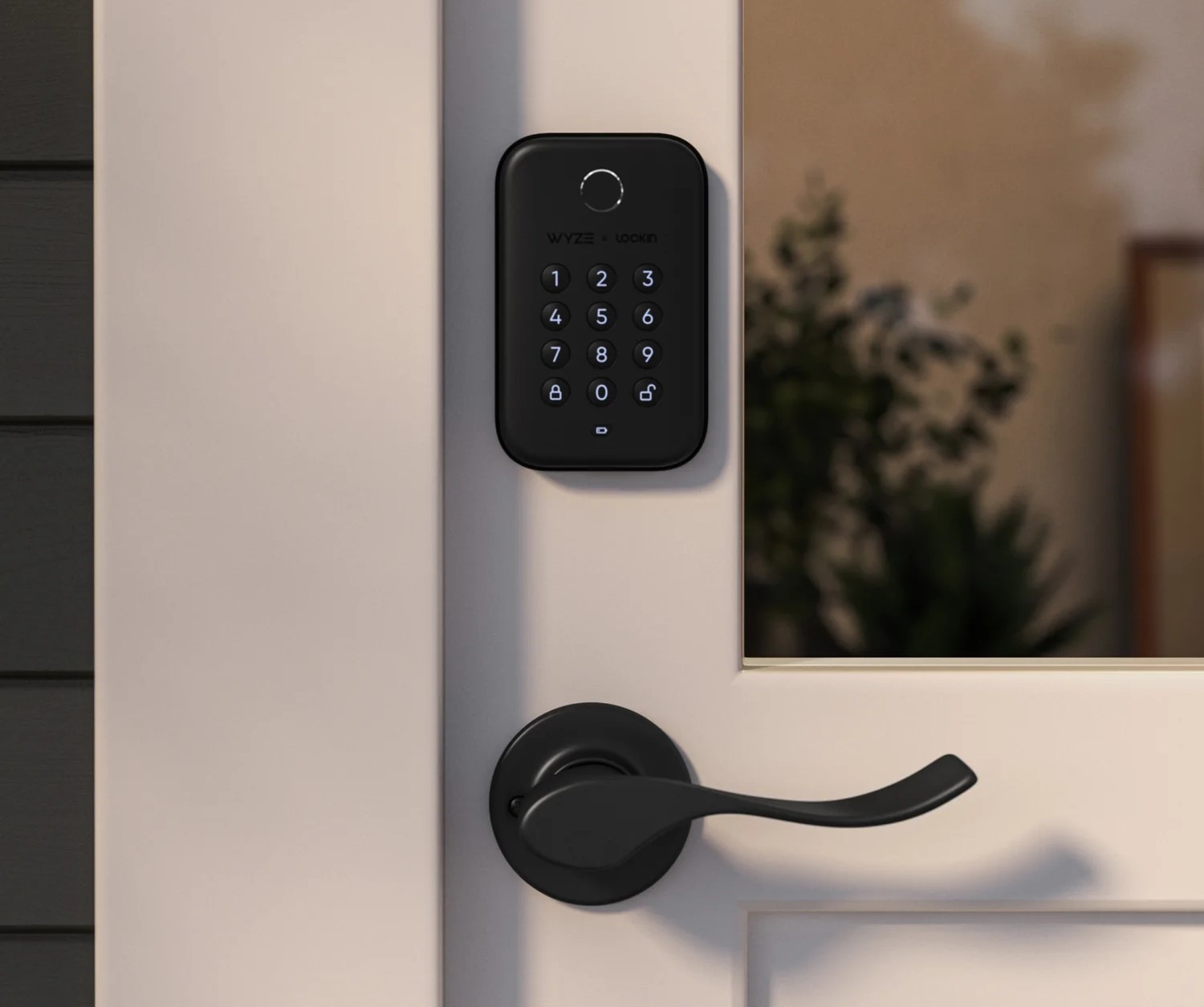
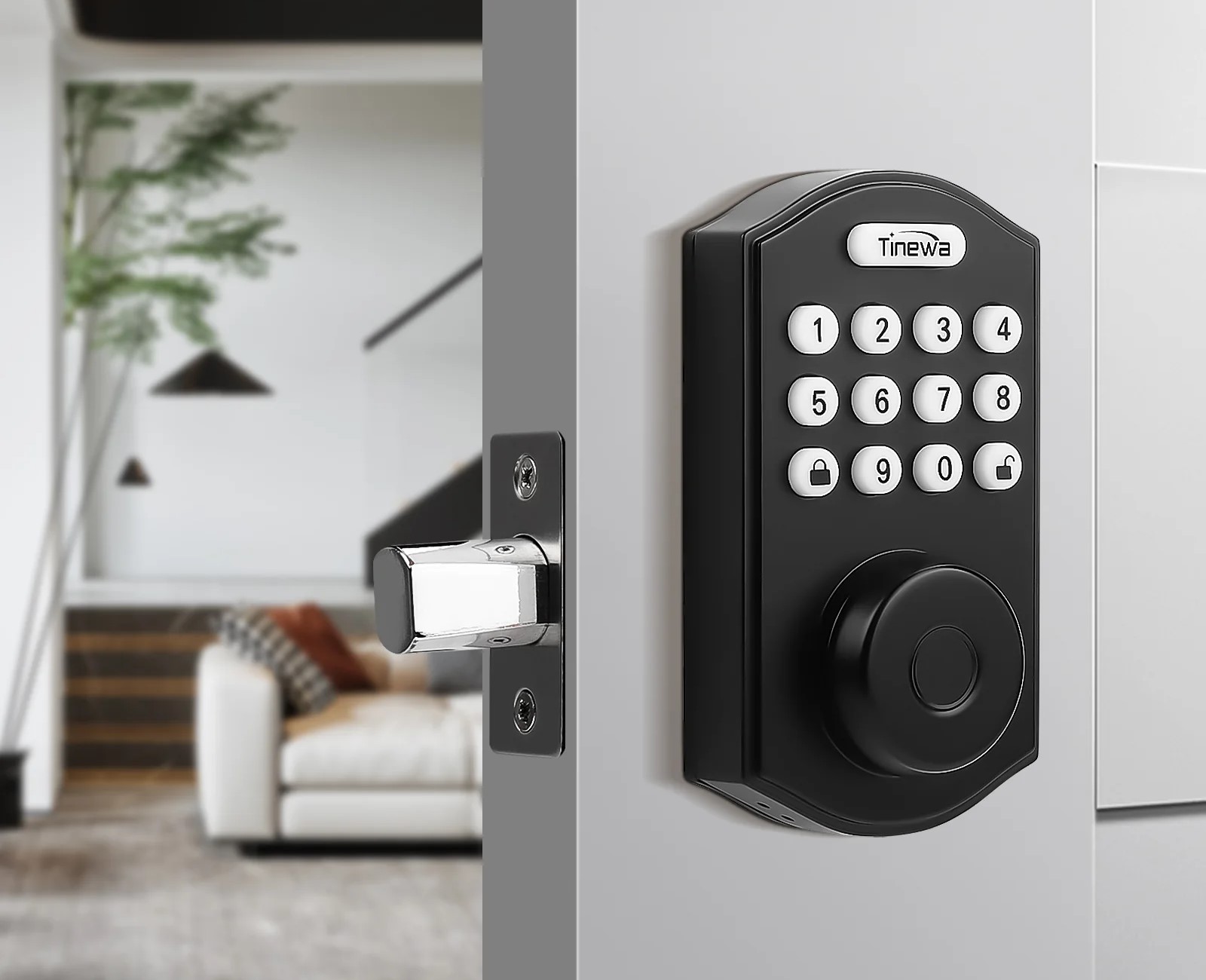
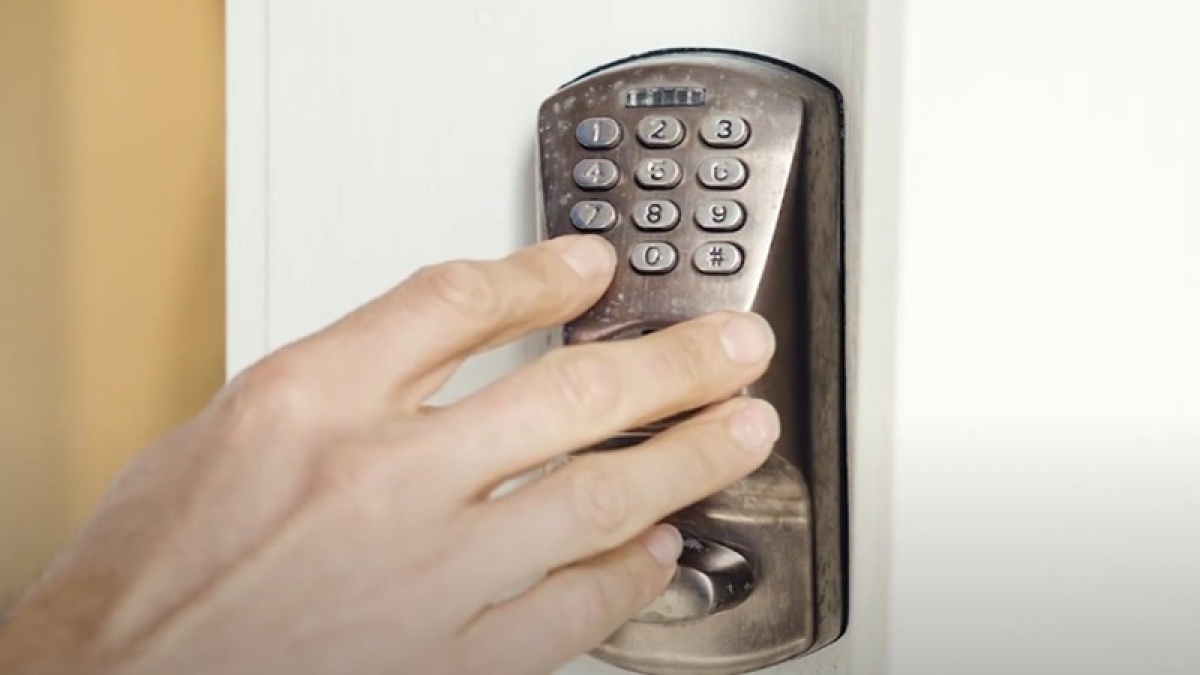
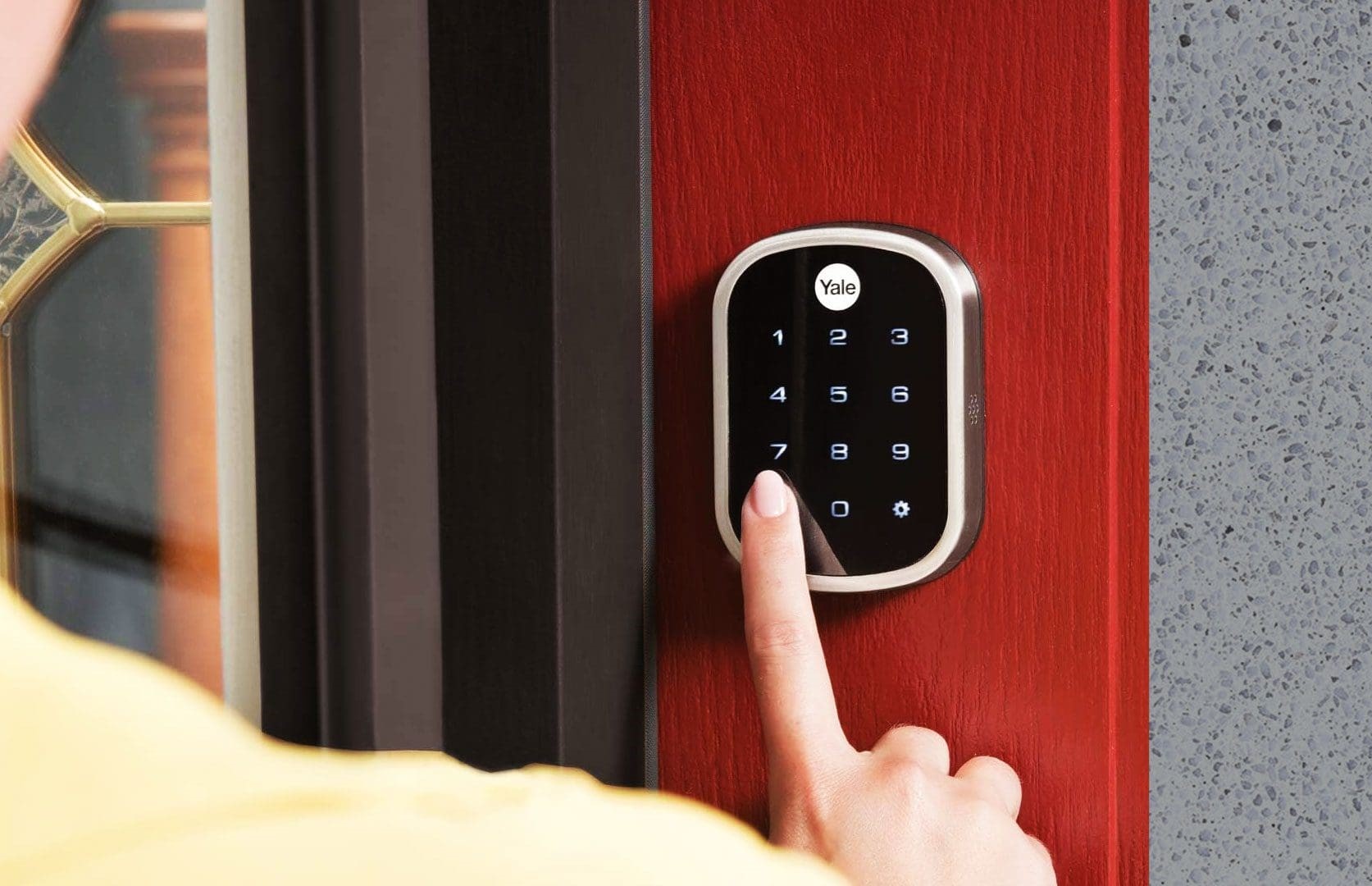
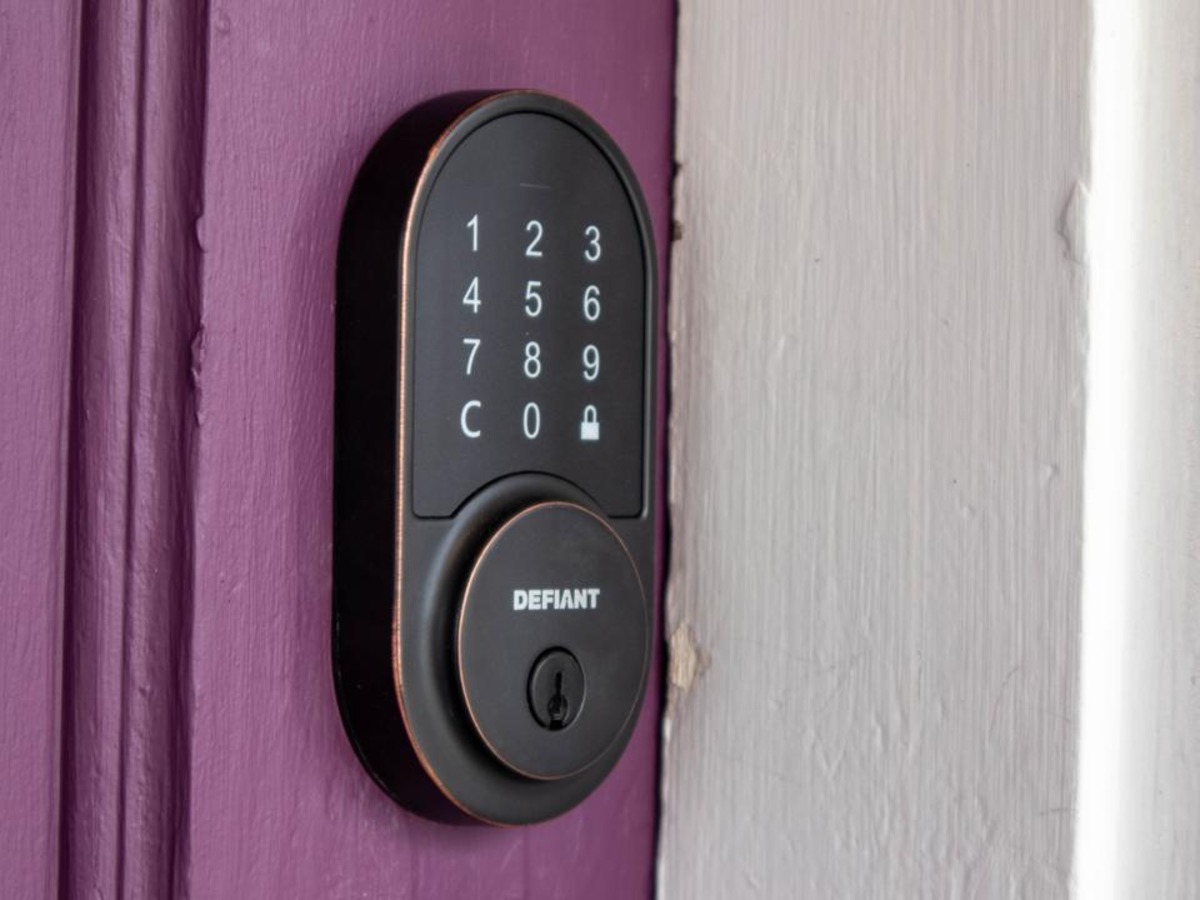
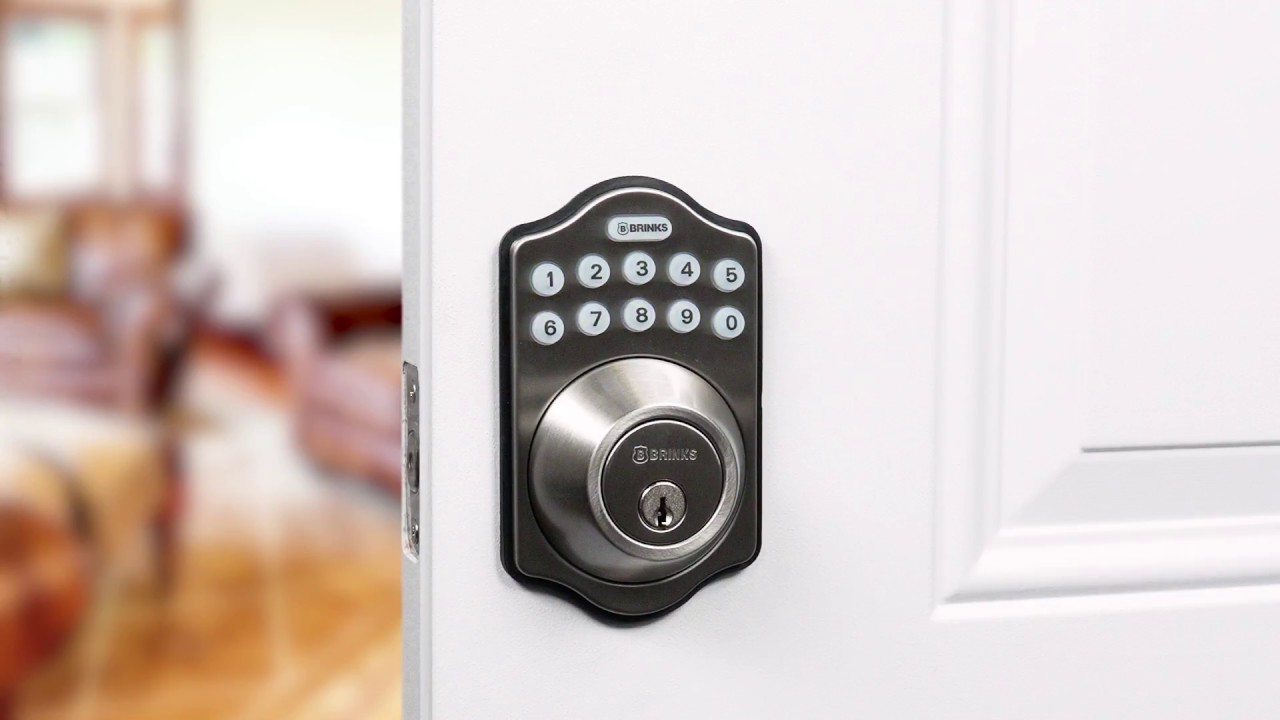
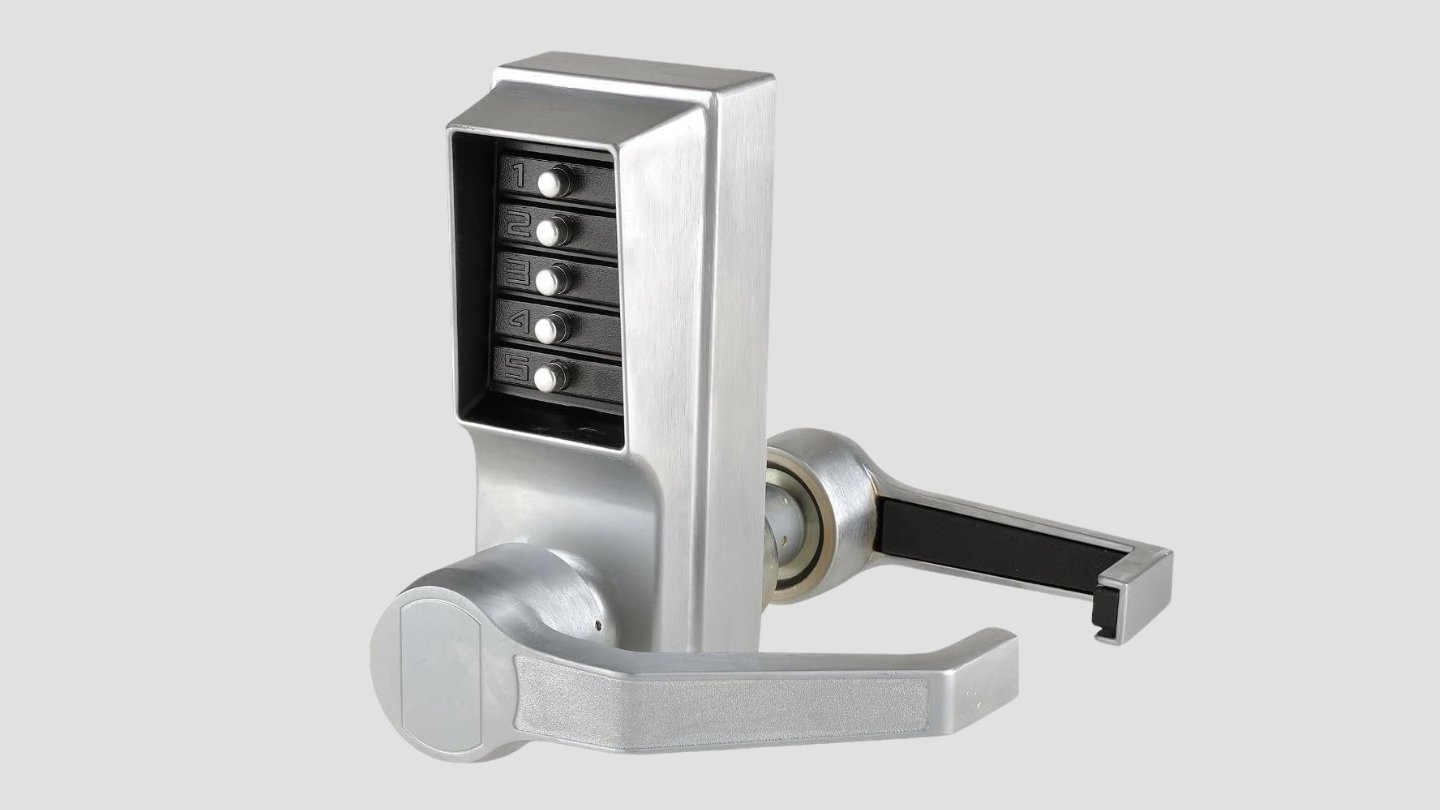
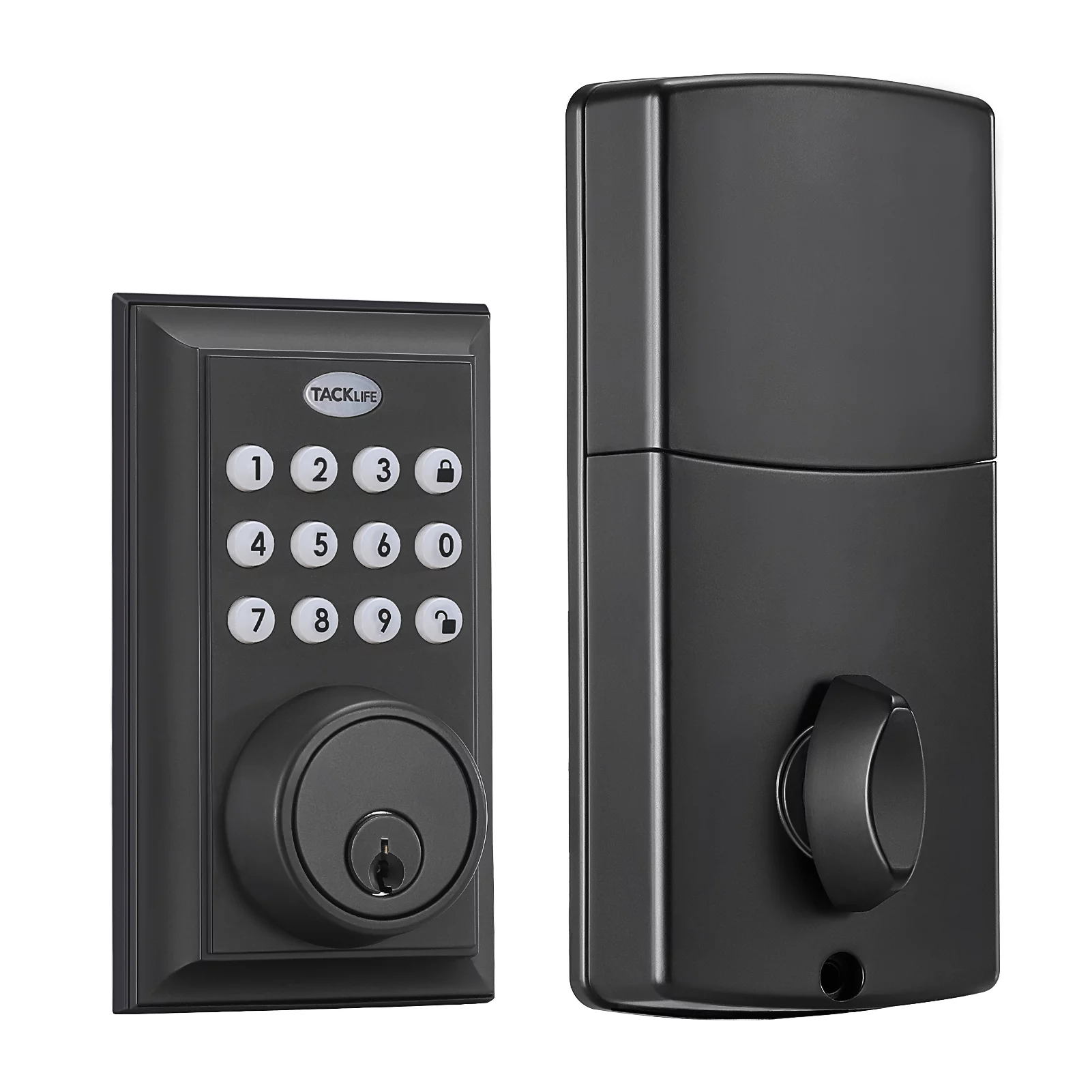
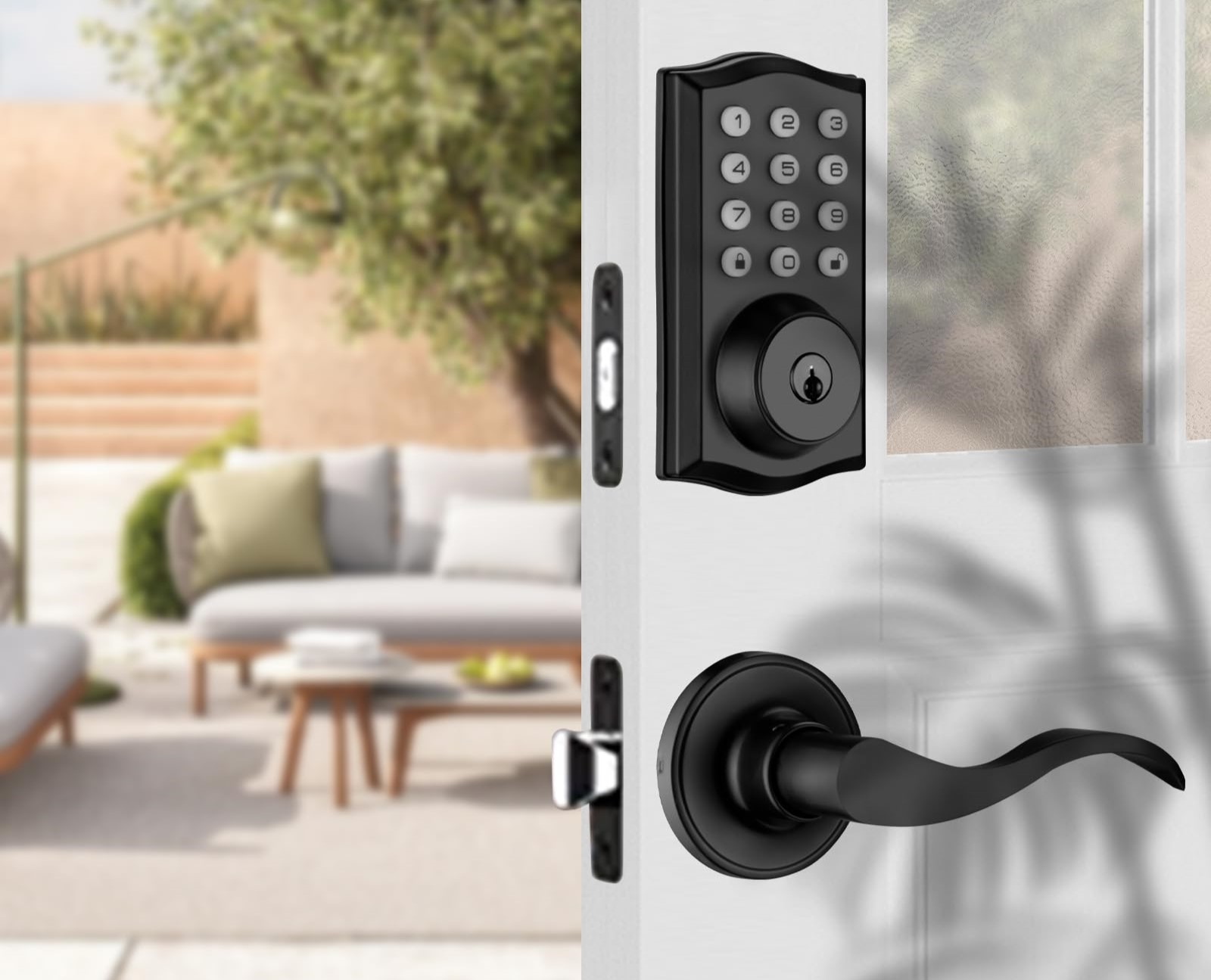
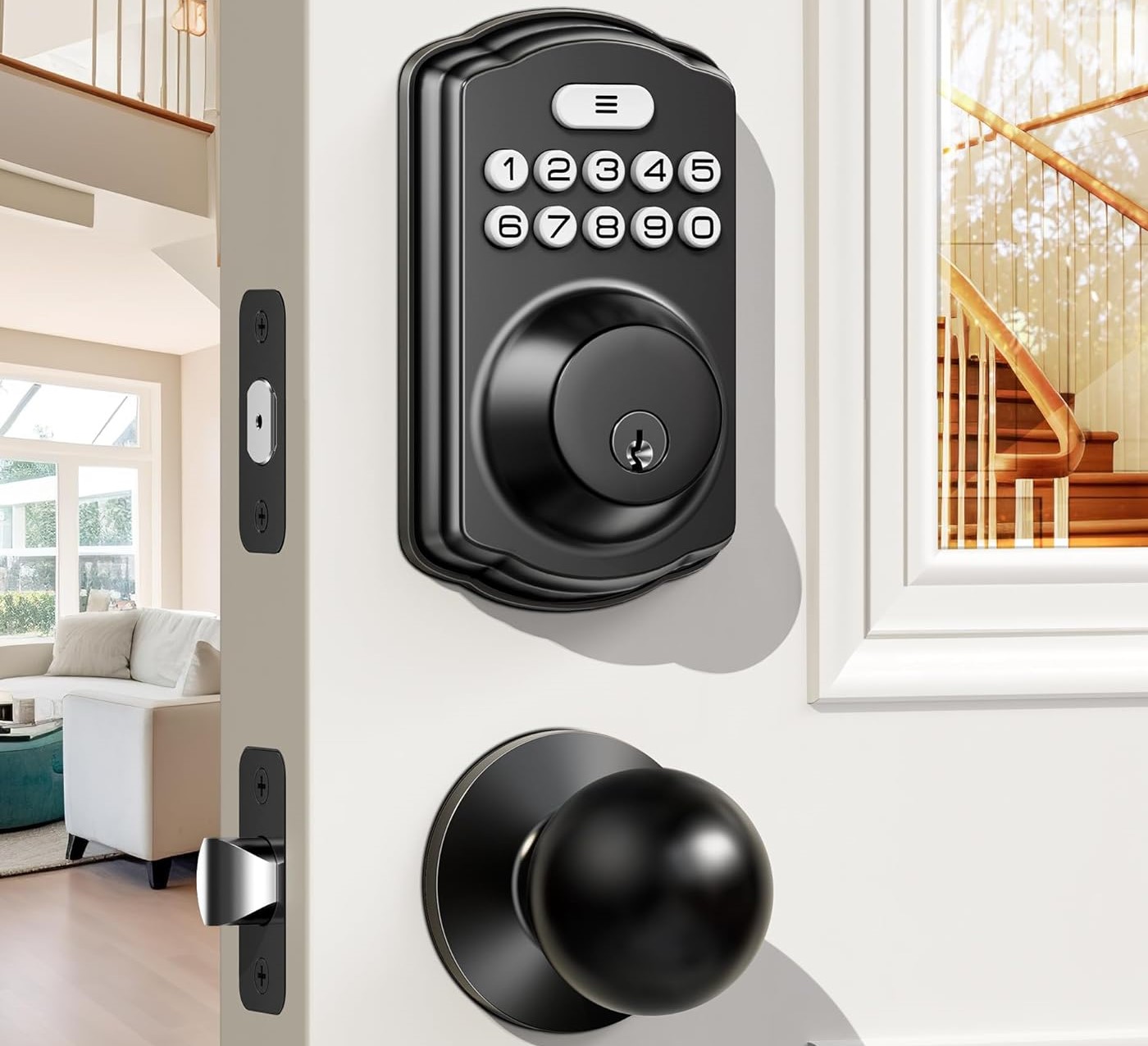
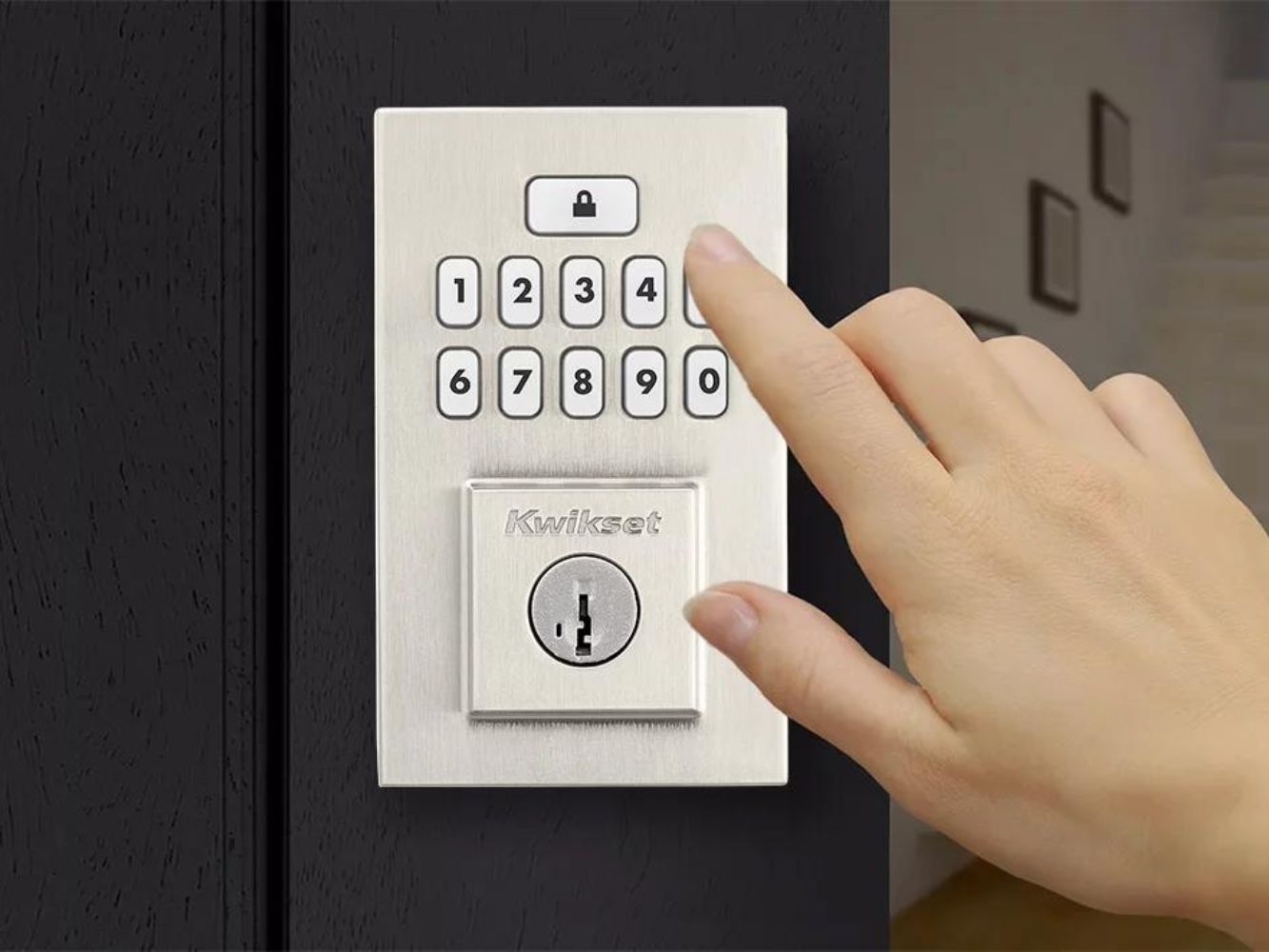
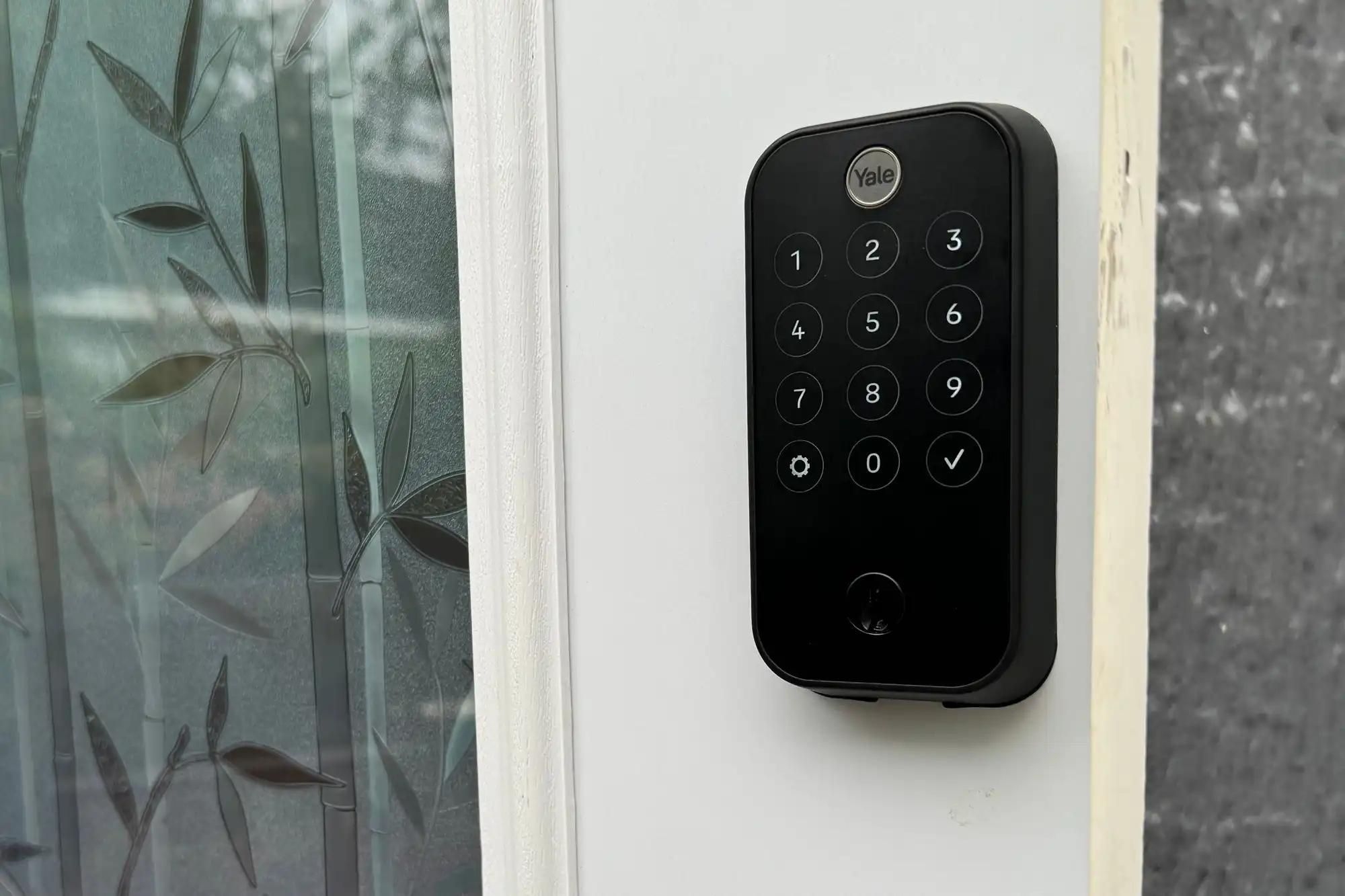

0 thoughts on “How To Lock Door With Keypad”